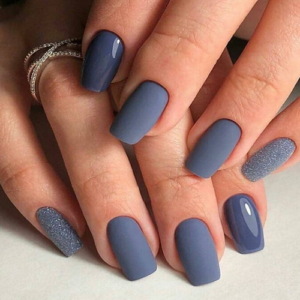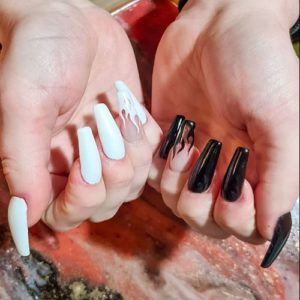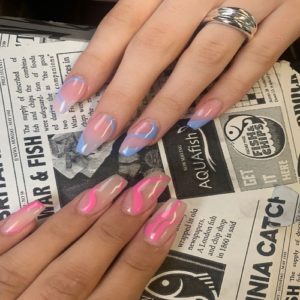Table of Contents
If you’re a proud owner of a canine companion, ensuring their well-being is undoubtedly a top priority. And when it comes to taking care of your furry friend, keeping their nails neatly trimmed is a crucial aspect. Long nails can cause discomfort, pain, and even lead to infections. However, many dog owners find nail trimming to be quite a daunting task. Fear not! In this comprehensive guide, we’ll walk you through the steps on how to safely and effectively cut your dog’s nails.
Getting to Know Your Dog’s Nails
Before you embark on this nail-trimming adventure, it’s important to have a good understanding of your dog’s nails. They consist of two parts: the outer shell known as the nail sheath, and the inner quick, which houses blood vessels and nerves. In dogs with light-colored nails, the quick is easily visible, but in dogs with dark nails, it can be a bit of a challenge.
Different types of nails exist on your dog’s paws, such as dew claws, front nails, and back nails. The front nails typically wear down naturally, but the back nails may require more frequent trimming. You can tell it’s time for a trim when you hear a clicking sound as they walk, notice the nails curling or bending, or observe discomfort while walking or standing.
By familiarizing yourself with your dog’s nail anatomy and recognizing signs that it’s time for a trim, you’ll be well-prepared to commence the nail-trimming process.
Preparing for the Nail-Trimming Session
Before you dive into trimming those nails, make sure you have the necessary tools at your disposal. Opt for clippers specifically designed for dog nails, as using human nail clippers can cause discomfort or even injury to your pup. Additionally, it’s wise to keep some styptic powder on hand in case you accidentally cut the quick and cause bleeding.
Creating a calm and relaxed environment is of utmost importance for both you and your dog. Find a quiet, well-lit area where your canine feels at ease. Having some tasty treats nearby as rewards for good behavior during the nail-trimming process is also a smart move.
Furthermore, getting your furry friend accustomed to the process is crucial. Begin by regularly handling their paws and nails, so they become familiar with the sensation. Gradually introduce the clippers and practice making small cuts before attempting a full-on nail trimming session. With patience and practice, your dog will grow more comfortable over time, making nail trimming a breeze for both you and your furry buddy.
Additional Steps to Prepare for the Nail-Trimming Session
Once you have all the essential tools and have created a calm environment, it’s time to acclimate your dog to the nail-trimming procedure. Start by handling their paws and nails regularly, allowing them to adjust to the feeling. Gradually introduce the clippers, making small cuts before taking on a full session.
To ensure a relaxed and comfortable experience, consider having an extra person available to help hold your dog steady if they tend to get anxious or nervous. Alternatively, you can use a calming aid or wrap your furry friend in a towel to provide a sense of security.
Remember, it’s crucial to reward your dog with treats and praise for their cooperation throughout the nail-trimming process. With patience and practice, your dog will grow more comfortable, making nail trimming an easier task for both of you.
Step-by-Step Guide to Trimming Your Dog’s Nails
Now that you’ve successfully prepared your dog and gathered the required tools, it’s time to embark on the nail-trimming journey. Follow these steps for a safe and effective nail-trimming session:
- Gently but securely hold your dog’s paw, ensuring they’re comfortable and relaxed.
- Identify the quick, which is the blood vessel and nerve running through the nail. While light-colored nails make the quick easily visible, it may be more challenging to spot in darker nails.
- Make small, shallow cuts to avoid trimming the quick. If you’re uncertain about the quick’s exact location, it’s best to make several small cuts instead of one large cut.
- In the event of accidentally cutting the quick, remain calm. Apply styptic powder or cornstarch to the bleeding nail to stop it.
- Repeat the process for each nail, taking breaks as needed to maintain your dog’s comfort and relaxation.
Always remember to take your time and be patient during the nail-trimming process. Keeping your dog’s safety and well-being in mind is essential. If you’re unsure about any aspect of the process, it’s always advisable to seek guidance from a professional groomer or veterinarian.
With this comprehensive guide in hand, you’re now equipped to trim your dog’s nails safely and effectively. Happy grooming!







